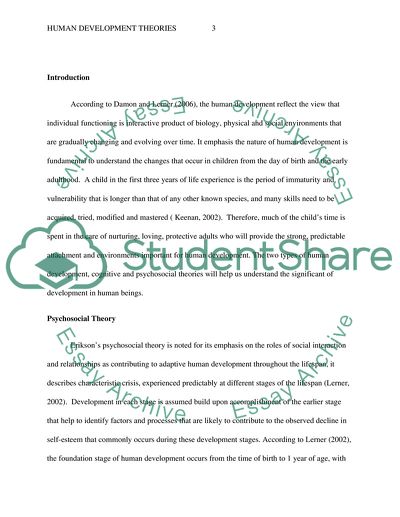Cite this document
(Human Developed Theories Case Study Example | Topics and Well Written Essays - 2250 words, n.d.)
Human Developed Theories Case Study Example | Topics and Well Written Essays - 2250 words. Retrieved from https://studentshare.org/psychology/1584606-human-devoloped-theories
Human Developed Theories Case Study Example | Topics and Well Written Essays - 2250 words. Retrieved from https://studentshare.org/psychology/1584606-human-devoloped-theories
(Human Developed Theories Case Study Example | Topics and Well Written Essays - 2250 Words)
Human Developed Theories Case Study Example | Topics and Well Written Essays - 2250 Words. https://studentshare.org/psychology/1584606-human-devoloped-theories.
Human Developed Theories Case Study Example | Topics and Well Written Essays - 2250 Words. https://studentshare.org/psychology/1584606-human-devoloped-theories.
“Human Developed Theories Case Study Example | Topics and Well Written Essays - 2250 Words”. https://studentshare.org/psychology/1584606-human-devoloped-theories.


